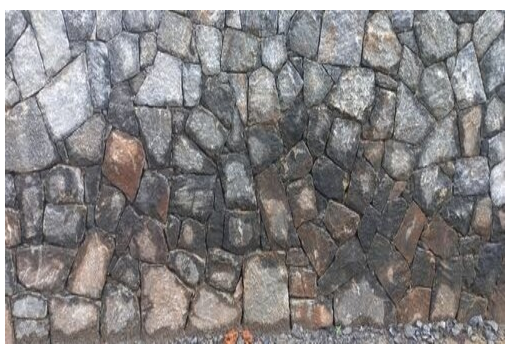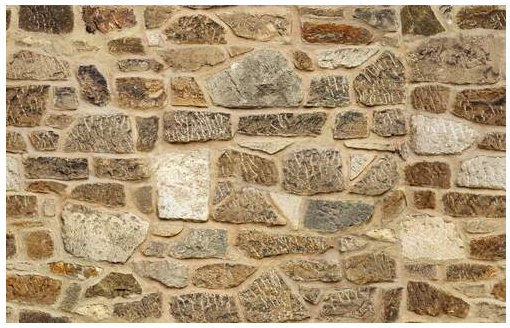Stone masonry has long been a favored construction method due to its durability, aesthetic appeal, and ability to withstand the test of time. At the heart of any successful stone masonry project is an accurate estimation process. This article delves into the intricacies of stone masonry estimation and explores the different types of stone masonry used in construction.
What is a Stone Masonry Estimate?
A stone masonry estimate is a detailed calculation of the quantity of stone masonry required for a project, typically expressed in square footage. This process involves evaluating multiple factors, including building foundations, wall dimensions, reinforcement requirements, labor costs, material expenses, and transportation needs. Accurate estimation ensures project efficiency and cost-effectiveness, making it a crucial step in any construction endeavor.
Types of Stone Masonry
Stone masonry is classified based on the arrangement, size, and shape of the stones used. Below are the primary types:
1. Rubble Masonry
Rubble masonry utilizes stones in their natural, unshaped form, resulting in wider joints and an economical building option. It is further categorized into:
- Un-coursed Random Rubble Masonry:
- Features stones of varying sizes and irregular shapes.
- Requires careful placement to ensure even pressure distribution.
- Often incorporates large stones strategically for added strength, making each structure unique.

- Coursed Rubble Masonry:
- Stones are arranged in horizontal layers or courses.
- While the stones are rough, the layers provide a straight and even appearance.
- Commonly used for robust structural foundations.

- Polygonal Rubble Masonry:
- Involves stones cut into multi-sided polygonal shapes.
- Creates visually distinctive patterns on structures.
- Offers an aesthetic appeal alongside structural strength.

- Flint Rubble Masonry:
- Utilizes flint, a durable stone, making it ideal for constructing resilient structures.
- Predominantly used in regions where flint is abundant.

2. Ashlar Masonry
Ashlar masonry employs neatly cut and precisely shaped stones, offering a polished and refined finish. This type of masonry is further divided into:
- Ashlar Fine Masonry:
- Stones are cut to uniform dimensions for a seamless appearance.
- Thin mortar lines contribute to a highly polished and sophisticated look.

- Ashlar Rough Masonry:
- Combines natural textures with precise square or rectangular shapes.
- Strikes a balance between rustic charm and orderly alignment.

- Rock-Faced or Quarry-Faced Ashlar Masonry:
- Stones have precisely cut edges but retain their natural quarry texture on the face.
- Offers a blend of raw and refined aesthetics.

- Ashlar Block in Course Masonry:
- Combines rubble masonry for the back wall and Ashlar principles for the front face.
- Creates an appealing contrast between the orderly front and the irregular back.

- Ashlar Chamfered Masonry:
- Features beveled or chamfered edges for enhanced visual appeal.
- Chamfered edges also provide resilience against external wear and tear.
3. Squared Rubble Masonry
Squared rubble masonry focuses on shaping stones to ensure squared and leveled corners. It is categorized into:
- Un-coursed Square Rubble Masonry:
- Utilizes roughly cut stones arranged without a specific pattern.
- Gaps between stones are filled with mortar or smaller stones, resulting in a random appearance.
- Coursed Square Rubble Masonry:
- Stones are arranged in horizontal courses for a more uniform appearance.
- Provides a balance between rustic charm and structured aesthetics.
Advantages of Stone Masonry
Stone masonry is renowned for its numerous benefits:
- Strength:
- Resistant to weather, bending, warping, and other structural stresses.
- Aesthetics:
- Available in various colors, sizes, and textures, allowing diverse design options.
- Insulation:
- Regulates interior temperatures and reduces external noise.
- Longevity:
- Structures built with stone can last centuries.
- Low Maintenance:
- Requires minimal upkeep and repairs.
Disadvantages of Stone Masonry
While highly beneficial, stone masonry has some drawbacks:
- Size:
- Thick stone walls can reduce usable floor space.
- Labor-Intensive:
- Requires skilled workers and significant effort.
- Installation Challenges:
- Demands meticulous installation to prevent issues like cracking.
Conclusion
Stone masonry combines timeless aesthetics with unmatched durability. Whether choosing rubble, ashlar, or squared stone masonry, understanding the types and their applications is crucial for a successful project. By relying on professional stone masonry estimation services, you can ensure accurate planning and optimal resource utilization for your construction needs. Feel free to contact us [email protected] for an obligation free assessment on this.
